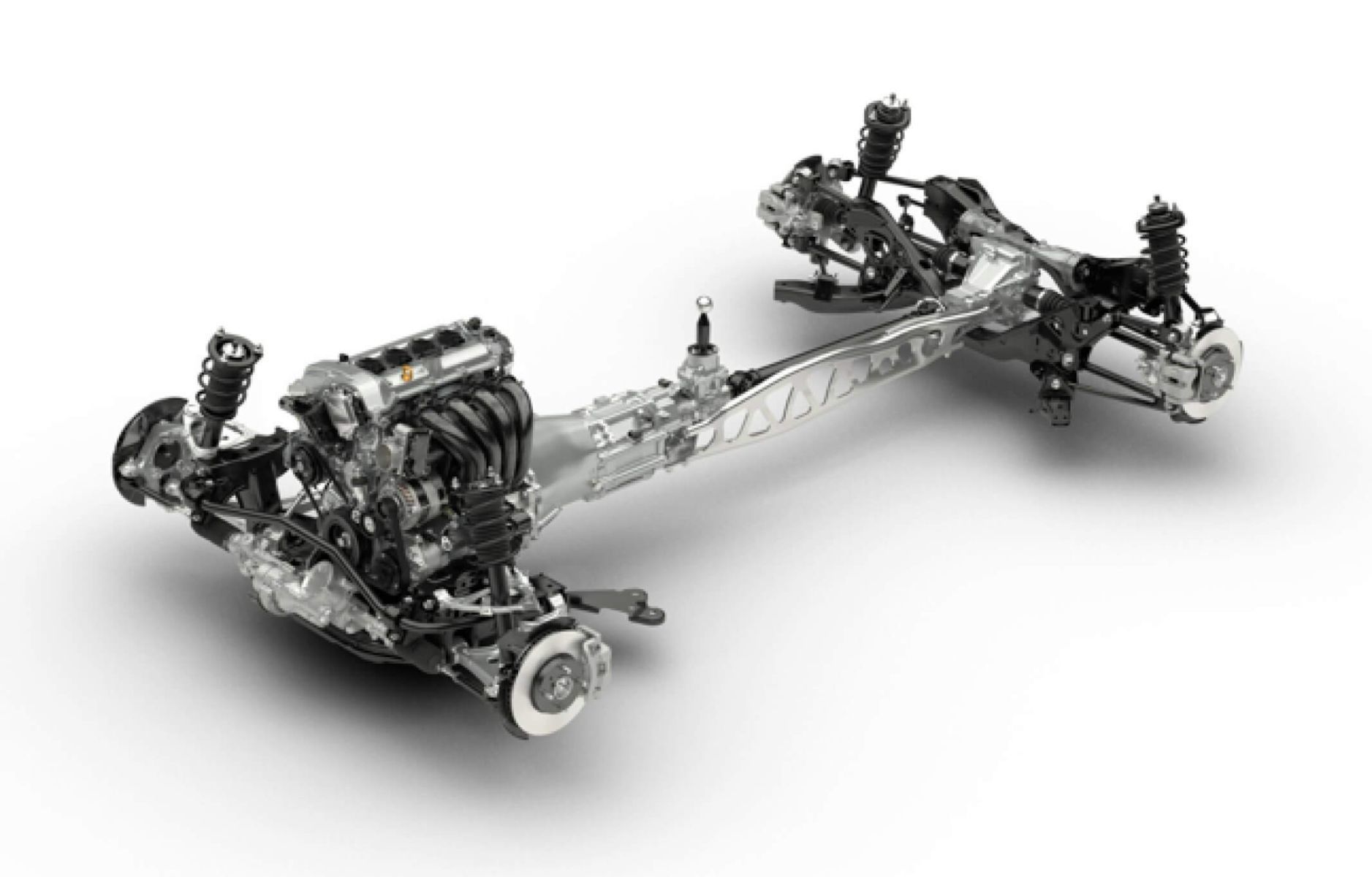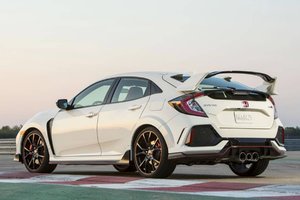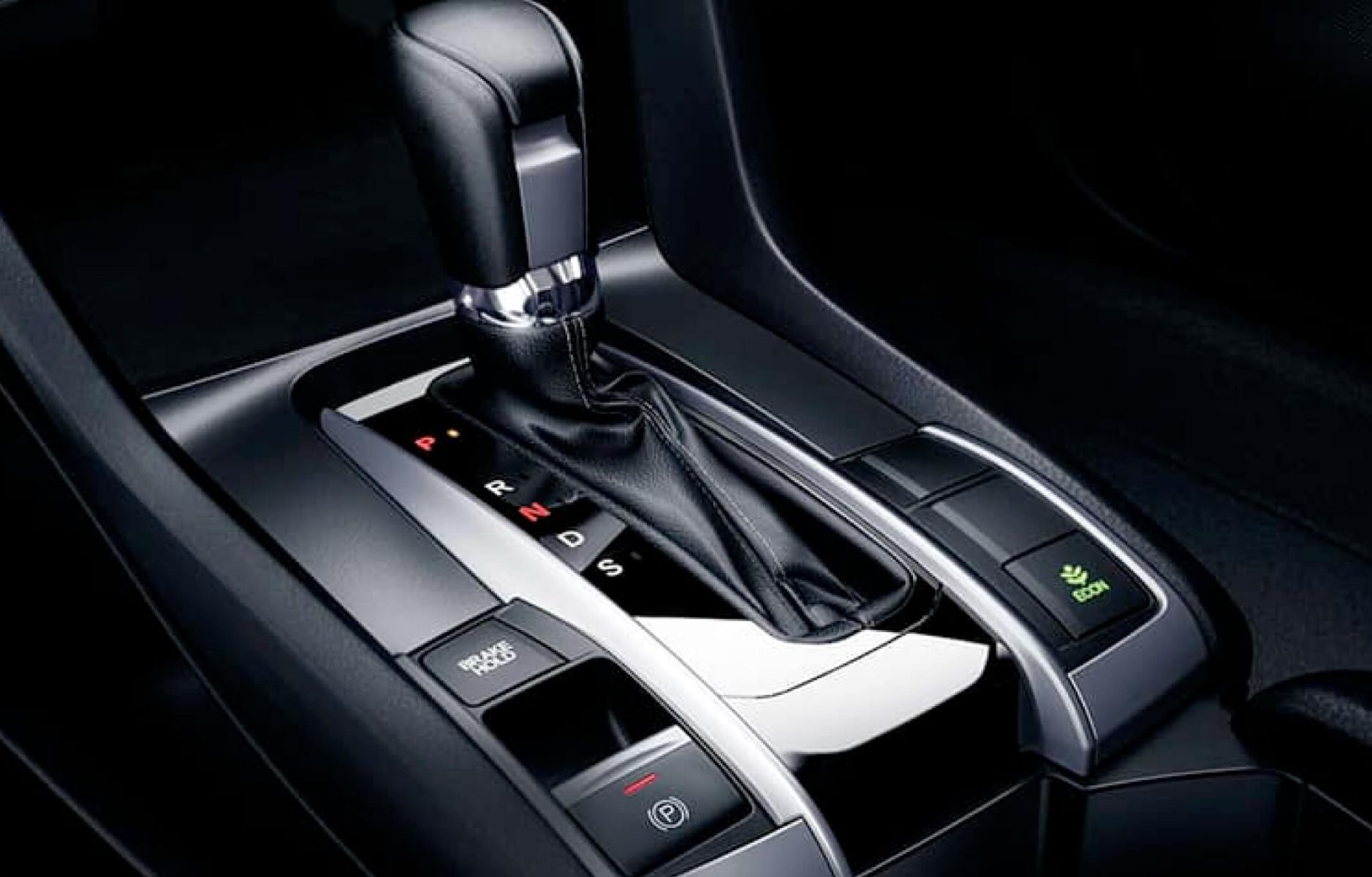What Is a Drivetrain?
Essentially, a vehicle's drivetrain is what provides power to the wheels and allows it to drive down the road. The system includes several components that have to work together in order to connect the power of the engine to the wheels. Here is a look at the various parts that make up a drivetrain and the role that they play in the system.
-
Drive Shaft
The Drive Shaft is a metal cylinder rod that is connected to the transmission and the U-joint that is located near the wheel's axel. The drive shaft's main job is to transfer energy from the engine to the wheels.
-
Transmission
Simply put, the transmission is a box that houses the various gears for the engine. The transmission controls the gear ratio between the wheels and the engine. This will allow the vehicle to slow down or speed up when needed.
-
U-Joint
This is a flexible joint that is usually placed at both ends of the driveshaft. With the u-joints in place, the driveshaft is able to have more flexibility and movement whenever the vehicle drives over large bumps or rough terrain.
-
CV Joints
CV joints are usually ball-type joint that allows your axle to easily move when you turn your tires. There is also a tripod joint that works in unison with the ball-type joint to provide additional flexibility. All front-wheel drive vehicles come with CV joints as well as most four-wheel drive vehicles.
-
Differential
The differentials are a system that distributes the right amount of power to each wheel. Most of the time, all four wheels will need the same amount of power. However, when a vehicle is turning a curve, the outside wheel will need to travel slightly faster than the inside wheel. The differential helps to ensure that every tire is turning at the appropriate rate.
All of the various components work together to provide power to the wheels of the vehicle. The type of drivetrain depends on the part of the vehicle where the power is distributed. There are four different drivetrains: Front-wheel drive (FWD), rear-wheel drive (RWD), all-wheel drive (AWD), and four-wheel drive (4WD).
Front-Wheel Drive (FWD)
Front-wheel drive is where the power from the engine is sent only to the front wheels. The rear wheels never received any power, and instead, just roll along with the speed of the front wheels. This type of drivetrain usually weighs less than all other types, which helps to contribute to a better fuel economy rating. Also, because only the front wheels are receiving power, the engine does not have to work as hard, and as a result, also emits few pollutants into the air. Another advantage to FWD vehicles is that the engine and transmission are positioned directly over the front wheels which helps to provide better traction.
All-Wheel Drive (AWD)
All-wheel drive vehicles utilize a front, middle, and rear differential to provide power to all four wheels at the same time. There are two types of AWD systems:
- Full-Time AWDÂ
- Part-Time AWDÂ
With full-time AWD, power is always being distributed to all four tires. With part-time AWD, power is primarily only sent to either the front two or the back two wheels. When needed, power is sent to all four wheels for enhanced traction.











